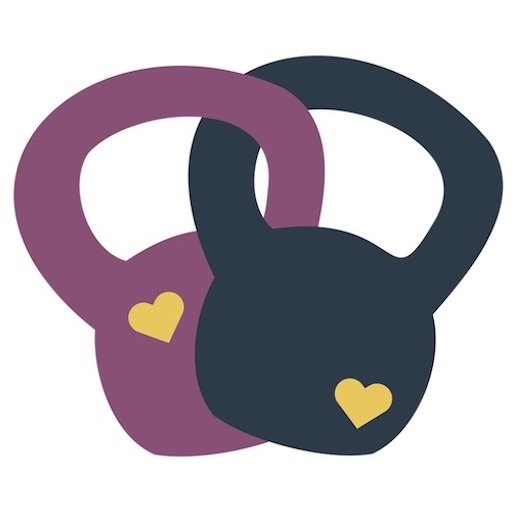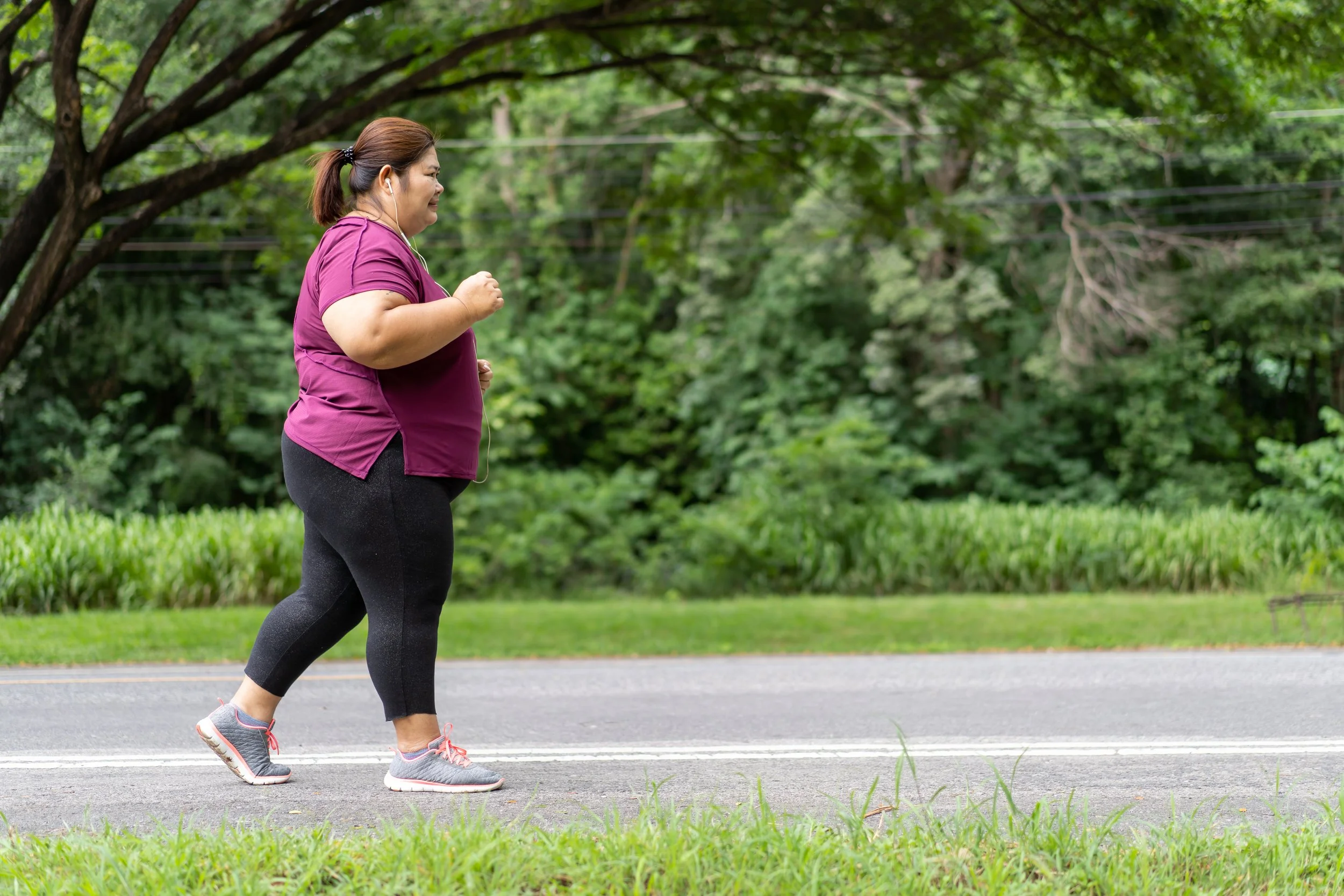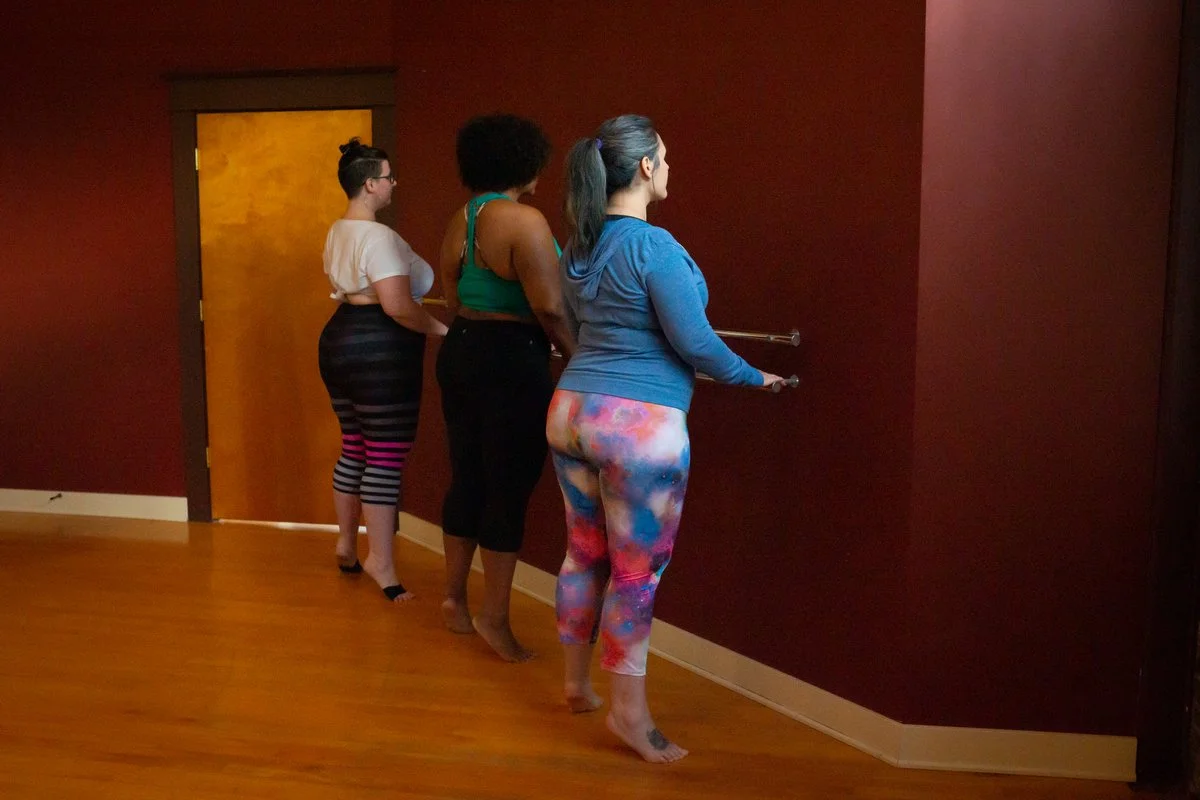The Connection Between Movement and Fat Liberation
By Angel Austin
There’s been a shift in the conversation around fat liberation and health in recent years. The movement has gained momentum, challenging societal norms and promoting acceptance of diverse body shapes and sizes.
In spite of the changes taking place, there is some speculation about the potential replacement of fatphobia with ableism when advocating for movement as part of a plan to obtain a sense of overall well-being for people who are fat (especially superfat or infinifat) or even disabled.
Can promoting movement be truly inclusive?
Fat liberation emerged as a response to the unrealistic beauty standards perpetuated by the media and society. It champions self-love and acceptance, challenging the stigmatization of larger bodies. However, some critics argue that in the pursuit of promoting movement as a form of self-care, there is a risk of inadvertently sidelining individuals who are superfat, infinifat, and/or those who have various levels of ability, thereby perpetuating ableism.
The real question is: How can we encourage movement without reinforcing harmful stereotypes or creating a new set of exclusionary standards?
It's so important to recognize that advocating for movement doesn't inherently equate to promoting a specific body type. Movement, in various forms, has a myriad of benefits for individuals of all sizes and abilities. Instead of focusing on weight loss or conforming to a particular physique, the emphasis should shift towards embracing the benefits movement can bring to everyone.
For those who argue against promoting movement in this way, fearing it may lead to ableism, it's essential to distinguish between suggesting movement to reach goals unrelated to weight loss and perpetuating harmful expectations.
Physical activity should be presented as a personal choice, not as a means to conform to societal norms. Movement can take various forms, from gentle stretching to more vigorous activities like hiking or swimming. It can be customized to one's individual preferences and capabilities.
Acknowledging that movement is not a one-size-fits-all concept actually promotes true inclusivity. Adaptations and modified activities provide opportunities for individuals with disabilities to engage in movement without feeling pressured to conform to a particular standard.
This shift in perspective ensures that the fat liberation movement remains true to its roots, celebrating diversity rather than promoting exclusivity. Encouraging movement isn’t the same as equating health with a specific body size.The focus should shift towards overall wellness, considering mental, emotional, AND physical well-being.
Naming societal barriers that limit accessibility to movement for people with disabilities is also crucial. Creating inclusive spaces (online and offline) and providing adaptive equipment are steps toward ensuring that everyone can participate in physical activities tailored to their abilities. This not only challenges ableism but also reinforces the idea that movement is for everyone, regardless of size or physical ability.
The promotion of movement within the fat liberation movement isn’t an effort to replace fatphobia with ableism. By reframing the conversation, emphasizing inclusivity, and recognizing the diverse ways in which individuals can engage in movement, we can bridge the gap between fat liberation and optimal wellness for all.
Movement should be celebrated as a personal journey, fostering self-love and acceptance, rather than perpetuating harmful stereotypes or exclusionary standards. My hope is that we can strive for a future where everyone feels empowered to move their bodies in ways that can bring them joy, help them reach goals that align with their values, improve their autonomy and quality of life, or just generally contribute to their overall wholeness and happiness.



